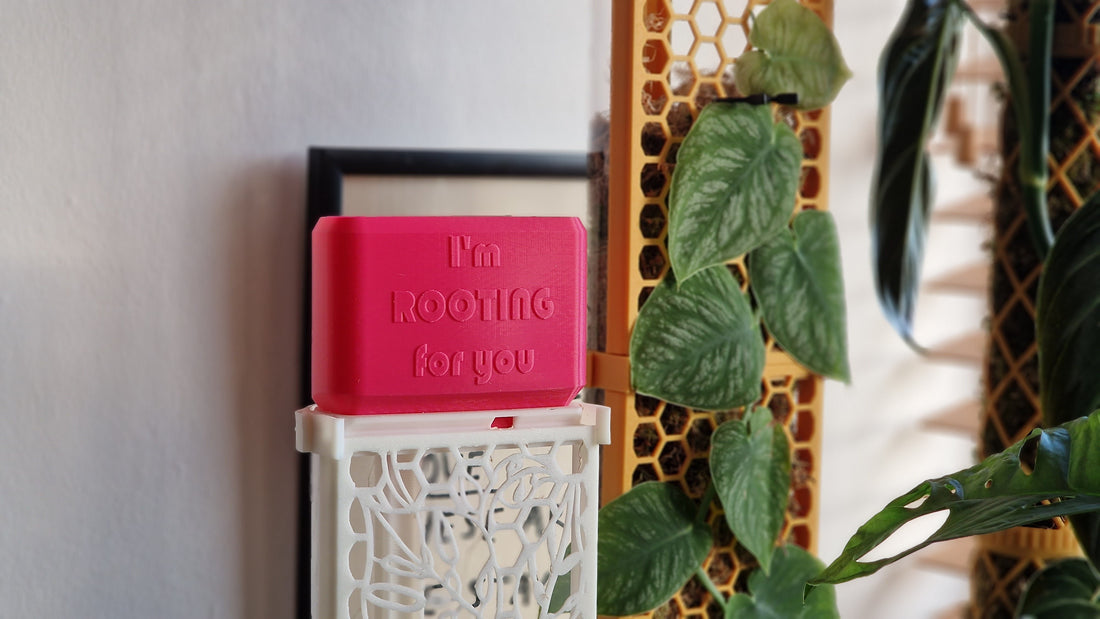
Why climbing plants like moss poles
Share
So what makes a plant climb up a pole? Why do some vine plants like to climb (grow upwards) as well as trail (hang down)?
Note: if your plant likes to trail, it will probably climb and vice versa. Test it out and see what you prefer as leaves, size, and other things will change with gravity. You can "train" your vine plant to climb using a moss pole, or hang it off a shelf or a ledge to let it trail.

Why vine plants like to climb
Climbing plants exhibit a natural desire to seek out support structures to aid in their vertical growth such as trees (see the pic below).

Moss poles, specifically designed to provide sturdy and textured surfaces, offer several benefits that cater to the needs of climbing plants.
Here's why climbing plants are drawn to moss poles:
Structural support
Climbing plants have evolved mechanisms to climb and cling onto surfaces for support as they grow. Moss poles mimic the rough bark of trees or other natural structures found in their native habitats, providing a suitable surface for plants to attach themselves to. This support allows climbing plants to grow upwards, maximising their access to light and air.
Aerial root attachment
Many climbing plants, such as Monstera, Philodendron, and Pothos, possess specialised structures called aerial roots. These roots are equipped with adhesive pads or root hairs that allow them to cling onto surfaces. Moss poles offer an ideal substrate for these aerial roots to attach and anchor themselves, facilitating upward growth and stability for the plant.

Enhanced moisture retention
Moss poles, particularly those made with moisture-retentive materials like sphagnum moss. help create a microclimate that retains moisture around the plant's roots. This is especially beneficial for tropical climbing plants accustomed to high humidity levels. The moisture-retaining properties of moss poles promote healthy root growth and minimise the risk of dehydration, particularly in indoor environments with dry air. Moss pole hydration tips here.
Root aeration and health
Moss poles provide an aerated substrate that allows air to circulate around the plant's roots. This promotes oxygen exchange and prevents waterlogging, which can lead to root rot and other fungal diseases. Healthy root systems are essential for the overall well-being of climbing plants, enabling them to absorb nutrients efficiently and support vigorous growth. Root rot is literally the number one indoor plant killer, so this is an important benefit!

Aesthetic appeal
In addition to their functional benefits, moss poles add aesthetic value to indoor spaces by creating a natural and organic look. The lush greenery of moss poles complements the foliage of climbing plants, enhancing the visual appeal of indoor gardens and providing a decorative element to any room. We also think that stylish moss poles in nice colours can help you style your indoor garden.
Overall, climbing plants are naturally inclined to use support structures like moss poles to aid in their growth and development. By mimicking their native habitat and providing essential support, moss poles contribute to the health, stability, and beauty of climbing plants in indoor environments.



